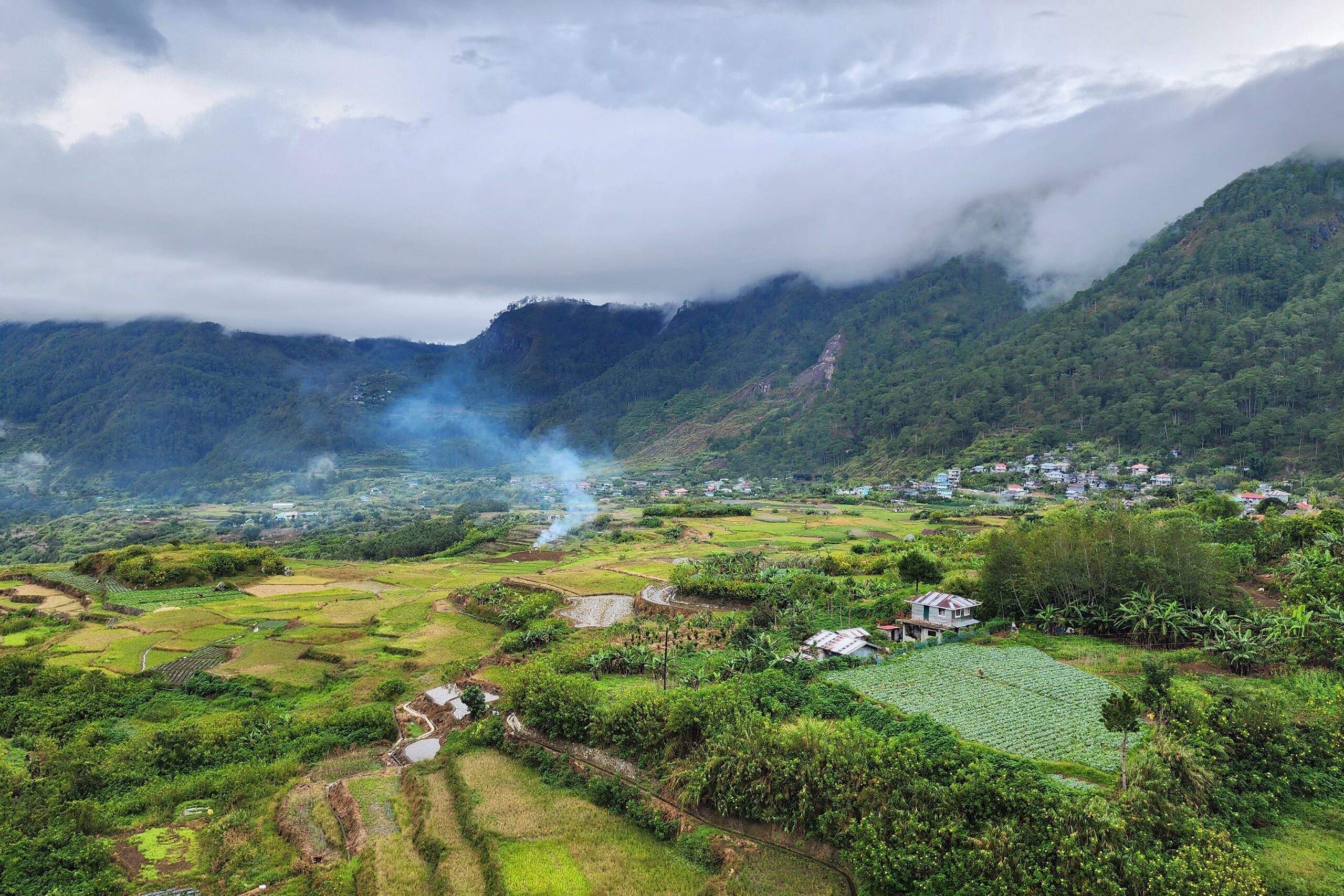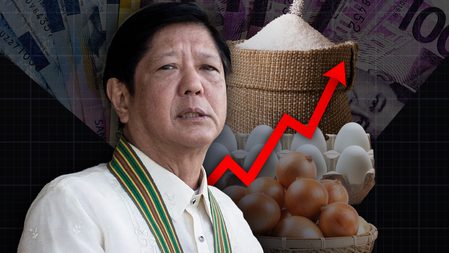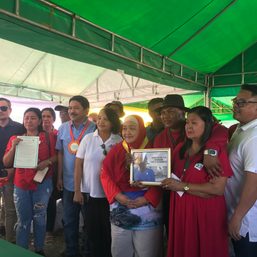SUMMARY
This is AI generated summarization, which may have errors. For context, always refer to the full article.

MANILA, Philippines – The private sector can play a big role in improving the sorry state of Philippine agriculture, but only a small percentage of the country’s establishments are engaged in it, a former senior Department of Agriculture (DA) official said.
In fact, only 1% or 3,285 out of 334,532 establishments in the Philippines in 2018 were engaged in agriculture, said economist and former Agriculture Undersecretary Fermin Adriano on Monday, October 16, citing a study, “Private Sector Investments in Agri-Food Sector: Constraints and Challenges,” published in 2021.
Of the total number of establishments, Food and Beverage (F&B) manufacturing accounted for 5%, F&B trade made up for 2%, and food services for 11%. The number of establishments in agriculture plus F&B plus food services constituted a meager 19% of the total.
“Because of the small percentage, this results in consistently low farm productivity because there is no commercialization of the agricultural sector,” said Adriano in a public roundtable organized by the think tank Stratbase ADR Institute. “In other words, it has become a peasant-based agriculture.”
He pointed out that the government has limited resources to develop agriculture, so the private sector is needed to upgrade the country’s farms such as introducing agricultural machineries.
“The bulk of resources in this country is in the hands of the private sector. If they are not going to actively participate, I don’t see a future in the agriculture industry,” Adriano, now a fellow of the think tank Foundation for Economic Freedom, said.
Most of these establishments in agriculture are microenterprises. Based on the 2020 Survey of Enterprises in the country, out of 957,620 enterprises in 2020, 89% or 850,127 were microenterprises. Together with the 98,126 small enterprises, micro and small enterprises accounted for 99% of the total. The Philippines only had 4,716 medium enterprises and 4,651 large enterprises or 1% of the total enterprises.
Adriano attributed the dearth in private sector investments in agriculture to the unstable and high-risk perception of agriculture, inadequate government support, difficulties in accessing land, and sustainability concerns amid climate change and recent animal diseases.
He recommended farm consolidation, rationalization of regulatory measures in the industry, and improvement in ease of doing business at the local government level.
Access to land
Adriano said businessmen who want to invest in agriculture find it difficult to consolidate lands that have been distributed to small farmers under the country’s decades-old agrarian reform program. He said these investors are not interested in owning agricultural land, just in leasing them.
But entering into lease agreements with agrarian reform beneficiaries who own 5 hectares or less is easier said than done.
“The transaction cost of talking to so many farmers and trying to solve their tenurial problems are just too much to absorb,” Adriano said, noting that beneficiaries could have different views on leasing the land.
In the same forum, lawyer Erwin Tiamson, a policy consultant of Foundation for Economic Freedom, said the Comprehensive Agrarian Reform Program brought a whole host of problems which restricted the “mobility of resources.”
“[The] more problematic aspect of land reform is the restrictions that it created on the land market,” he said.
In his presentation, Tiamson enumerated these as follows: prohibition on transfers for 10 years, restrictions on lease, landholding limit of 5 hectares per person, and restrictions on land conversion.
This policy environment affects both small-scale farmers and private corporations. Small farmers can’t scale up because of the five-hectare limit, while corporations mostly want lease, he said.
The average farm size in the Philippines is around 1.29 hectares. More than half of the farms in the country are less than a hectare.
“If our agriculture will not size up, the inefficiency in the agriculture [sector] can be a factor in development because we cannot sustain our food security,” said Tiamson.
Agricultural development is key to reducing poverty in the Philippines. Farmers and fisherfolk remain to be the poorest in the Philippines’ workforce.
Recently, President Ferdinand Marcos Jr., who concurrently serves as the agriculture chief, secured a loan from the World Bank to augment agriculture infrastructure in the country.
The agricultural sector has been beset by crisis after crisis in select commodities, with both consumers and producers bemoaning high prices. – Rappler.com
Add a comment
How does this make you feel?









![[ANALYSIS] How one company boosts farmer productivity inside the farm gate](https://www.rappler.com/tachyon/2024/06/bioprime-farmgate-farmer-productivity-boost.jpg?resize=257%2C257&crop=465px%2C0px%2C1080px%2C1080px)






There are no comments yet. Add your comment to start the conversation.